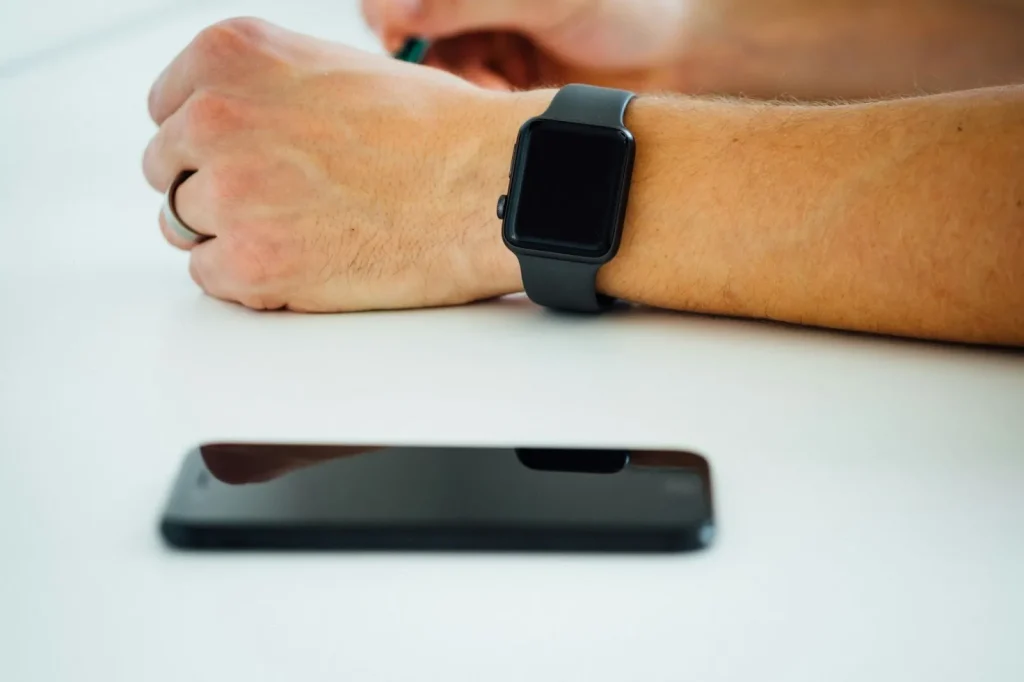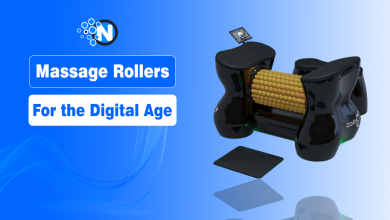Smart Wearables and Blackjack: Are We Entering a New Era of Strategy?

Imagine wearing a smartwatch that subtly vibrates on your wrist, signaling a potential move to “hit” or “stand” in blackjack. Or maybe you’re wearing AR glasses that overlay real-time probability stats on the table as cards are dealt. It sounds futuristic, but wearable tech integration into strategy games like blackjack is closer than we think.
With an estimated 44.3 million global wearable devices, smartwatches, fitness bands, and AR glasses are evolving beyond fitness tracking. These tools, already equipped with processors and sensors, could unlock new levels of gaming strategy, including blackjack, a game long admired for its blend of skill and luck.
Enhancing Gameplay with Smartwatches
Smartwatches are powerful mini-computers on your wrist, capable of processing data quickly and discreetly. Imagine using one during a game of crypto blackjack. A player could program an app to calculate optimal moves based on real-time inputs, like remaining cards or table trends. While casinos enforce strict rules against these devices, the potential remains intriguing for private games or online platforms.
Crypto blackjack stands out for its seamless integration with blockchain technology, offering exceptional transparency and fairness. Players benefit from decentralized platforms that eliminate intermediaries, ensuring quicker payouts and lower fees. The ability to use cryptocurrencies also adds an extra layer of privacy and accessibility, making crypto blackjack a top choice for many tech-savvy enthusiasts.
Smartwatches also offer biometric feedback, such as monitoring heart rate. This could alert players to create emotional spikes, helping them keep their cool during high-stakes moments. Staying calm isn’t just a life skill; it’s a tactical advantage in blackjack.
The First Wearable Ever: A Look Back at Innovation
Before diving deeper, let’s rewind to 1955 when the first wearable device was created. A mathematician and blackjack legend, Edward Thorp collaborated with Claude Shannon to invent a computer hidden inside a shoe. This device could predict roulette outcomes with a 44% accuracy rate. Thorp later revolutionized blackjack by introducing the card-counting strategy, which leveraged mathematical precision to gain an edge.
While his “wearable” was rudimentary by today’s standards, it laid the foundation for combining technology and strategy in gaming. Thorp’s innovation remains a testament to the enduring appeal of tech-assisted gameplay.

AR Glasses: Changing the Game’s Perspective
Augmented reality (AR) glasses add another dimension to the blackjack strategy. By displaying real-time data within a player’s field of view, AR could make card counting accessible to more players.
For example, AR glasses could track dealt cards and calculate probabilities, subtly projecting this information onto the table. They could also suggest the best actions, “hit,” “stand,” or “split”, based on advanced algorithms. While traditional casinos prohibit such devices, their application in crypto blackjack and other online variants is limitless.
AR technology is advancing rapidly, with companies like Apple and Meta investing billions into creating sleeker, more intuitive devices. These investments hint at a future where wearable tech blends seamlessly into everyday activities, including gaming.
Wearables in Online Blackjack
As online blackjack gains traction, wearable devices are poised to elevate the experience. In the context of crypto blackjack, these devices could integrate seamlessly with blockchain-powered platforms, offering secure, real-time data sharing between players and wearables.
Biometrics for Smarter Decisions
Wearables equipped with biometric sensors can measure stress levels, helping players identify when emotions are clouding their judgment. For example, a smartwatch might detect elevated heart rates during risky moves, nudging players to pause and rethink their strategy.
Custom Apps for Strategy Optimization
Wearable apps tailored to blackjack could analyze player behavior over time, providing insights to refine strategies. For instance, an app might track how often you deviate from basic strategy and calculate how these decisions impact your overall win rate. The data could be fed directly into an AR interface, creating a feedback loop of improvement.
How Technology Balances Fair Play
As wearable tech becomes more advanced, ensuring fair play is paramount. Casinos and online platforms already rely on advanced algorithms to maintain game integrity, but wearable devices add another layer of complexity.
Regulation in Physical Casinos
In traditional casinos, wearable devices are heavily scrutinized. Advanced countermeasures, like radio frequency scanners, can detect unauthorized gadgets. However, for online platforms, the focus shifts to ensuring that players can use wearables ethically—for strategy enhancement, not unfair advantage.
Blockchain’s Role in Secure Gaming
Blockchain technology, a cornerstone of crypto casino gaming, could coordinate with wearable tech. Blockchain’s transparent and tamper-proof nature ensures fair play, while wearables offer players a personalized yet secure gaming experience. This synergy highlights how innovation can enhance both strategy and trust.
The Future of Smart Wearables in Gaming
The wearable tech market was projected at $70.30 billion in 2024, potentially reaching $152.82 billion by 2029 according to Markets and Markets. As devices become more sophisticated and affordable, their adoption in gaming will likely follow suit. Whether it’s a smartwatch alerting you to probabilities or AR glasses visualizing card trends, the combination of wearables and blackjack could redefine how the game is played.
While traditional casinos may resist these innovations, the online sphere—particularly in crypto blackjack—is ripe for experimentation. The integration of wearables into strategy gaming is not just a possibility; it’s an inevitability. The only question left is: How soon will you start seeing it at the tables?




